
Botany, also called plant science, plant biology or phytology, is the science of plant life and a branch of biology. A botanist, plant scientist or phytologist is a scientist who specialises in this field. The term "botany" comes from the Ancient Greek word βοτάνη meaning "pasture", "herbs" "grass", or "fodder"; βοτάνη is in turn derived from βόσκειν, "to feed" or "to graze". Traditionally, botany has also included the study of fungi and algae by mycologists and phycologists respectively, with the study of these three groups of organisms remaining within the sphere of interest of the International Botanical Congress. Nowadays, botanists study approximately 410,000 species of land plants of which some 391,000 species are vascular plants, and approximately 20,000 are bryophytes.

Mycology is the branch of biology concerned with the study of fungi, including their genetic and biochemical properties, their taxonomy and their use to humans, including as a source for tinder, traditional medicine, food, and entheogens, as well as their dangers, such as toxicity or infection.

A botanical garden or botanic garden is a garden with a documented collection of living plants for the purpose of scientific research, conservation, display, and education. Typically plants are labelled with their botanical names. It may contain specialist plant collections such as cacti and other succulent plants, herb gardens, plants from particular parts of the world, and so on; there may be greenhouses, shadehouses, again with special collections such as tropical plants, alpine plants, or other exotic plants.

John Torrey was an American botanist, chemist, and physician. Throughout much of his career, he was a teacher of chemistry, often at multiple universities, while he also pursued botanical work, focusing on the flora of North America. His most renowned works include studies of the New York flora, the Mexican Boundary, the Pacific railroad surveys, and the uncompleted Flora of North America.

Sir James Edward Smith was an English botanist and founder of the Linnean Society.
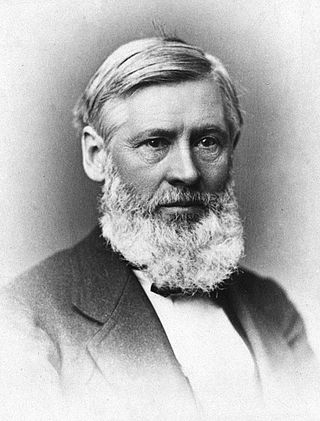
Asa Gray is considered the most important American botanist of the 19th century. His Darwiniana was considered an important explanation of how religion and science were not necessarily mutually exclusive. Gray was adamant that a genetic connection must exist between all members of a species. He was also strongly opposed to the ideas of hybridization within one generation and special creation in the sense of its not allowing for evolution. He was a strong supporter of Darwin, although Gray's theistic evolution was guided by a Creator.

A herbal is a book containing the names and descriptions of plants, usually with information on their medicinal, tonic, culinary, toxic, hallucinatory, aromatic, or magical powers, and the legends associated with them. A herbal may also classify the plants it describes, may give recipes for herbal extracts, tinctures, or potions, and sometimes include mineral and animal medicaments in addition to those obtained from plants. Herbals were often illustrated to assist plant identification.

Nathaniel Lord Britton was an American botanist and taxonomist who co-founded the New York Botanical Garden in the Bronx, New York.

Hieronymus Bock was a German botanist, physician, and Lutheran minister who began the transition from medieval botany to the modern scientific worldview by arranging plants by their relation or resemblance. The standard author abbreviation H.Bock is used to indicate this person as the author when citing a botanical name.
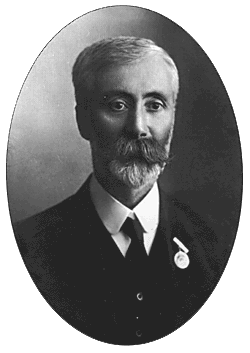
Joseph Henry Maiden was a botanist who made a major contribution to knowledge of the Australian flora, especially the genus Eucalyptus. This botanist is denoted by the author abbreviation Maiden when citing a botanical name.

The Botanical Magazine; or Flower-Garden Displayed, is an illustrated publication which began in 1787. The longest running botanical magazine, it is widely referred to by the subsequent name Curtis's Botanical Magazine.
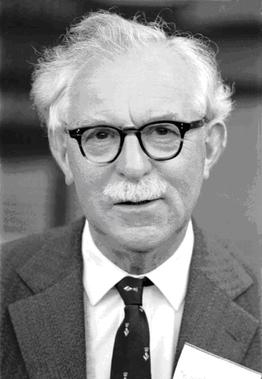
William Thomas Stearn was a British botanist. Born in Cambridge in 1911, he was largely self-educated and developed an early interest in books and natural history. His initial work experience was at a Cambridge bookshop, but he also had a position as an assistant in the university botany department. At the age of 29 he married Eldwyth Ruth Alford, who later became his collaborator, and he died in London in 2001.

The history of botany examines the human effort to understand life on Earth by tracing the historical development of the discipline of botany—that part of natural science dealing with organisms traditionally treated as plants.
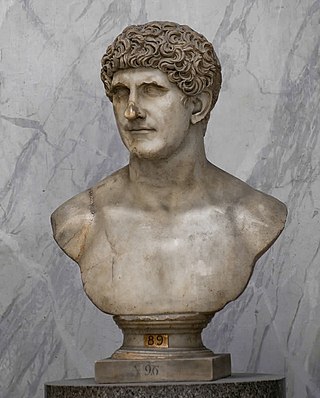
The gens Antonia was a Roman family of great antiquity, with both patrician and plebeian branches. The first of the gens to achieve prominence was Titus Antonius Merenda, one of the second group of Decemviri called, in 450 BC, to help draft what became the Law of the Twelve Tables. The most prominent member of the gens was Marcus Antonius.
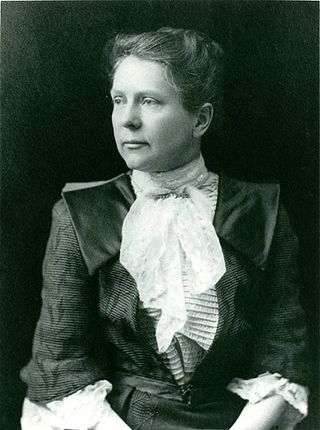
Elizabeth Gertrude Britton was an American botanist, bryologist, and educator. She and her husband, Nathaniel Lord Britton, played a significant role in the fundraising and creation of the New York Botanical Garden. She was a co-founder of the predecessor of the American Bryological and Lichenological Society. She was an activist for the protection of wildflowers, inspiring local chapter activities and the passage of legislation. Elizabeth Britton made major contributions to the literature of mosses, publishing 170 papers in that field.
Robert Almer Harper was an American botanist.

Clara Eaton Cummings was an American cryptogamic botanist and Hunnewell Professor of Cryptogamic Botany at Wellesley College in Massachusetts.

Theophrastus's Enquiry into Plants or Historia Plantarum was, along with his mentor Aristotle's History of Animals, Pliny the Elder's Natural History and Dioscorides's De materia medica, one of the most important books of natural history written in ancient times, and like them it was influential in the Renaissance. Theophrastus looks at plant structure, reproduction and growth; the varieties of plant around the world; wood; wild and cultivated plants; and their uses. Book 9 in particular, on the medicinal uses of plants, is one of the first herbals, describing juices, gums and resins extracted from plants, and how to gather them.
Antonius was a physician of ancient Greece. He was mentioned by the medical writer Galen, and referred to as "the herbalist". He must have lived in or before the first century.
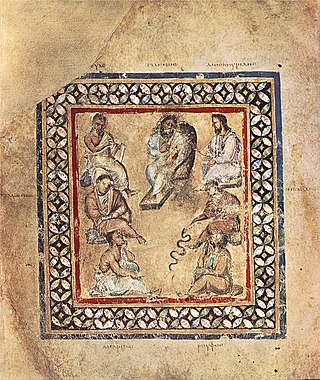
Crateuas, also known as Cratevas (Latin), Krateuas, or Kratevas, was a Greek doctor and pharmacologist. He was distinguished from others of the same name by the epithet "Rootpicker" or "Rhizotomist" after the Greek name of his principle work, the Herbology.
![]() This article incorporates text from a publication now in the public domain : Greenhill, William Alexander (1870). "Antonius". In Smith, William (ed.). Dictionary of Greek and Roman Biography and Mythology . Vol. 1. p. 628.
This article incorporates text from a publication now in the public domain : Greenhill, William Alexander (1870). "Antonius". In Smith, William (ed.). Dictionary of Greek and Roman Biography and Mythology . Vol. 1. p. 628.
















